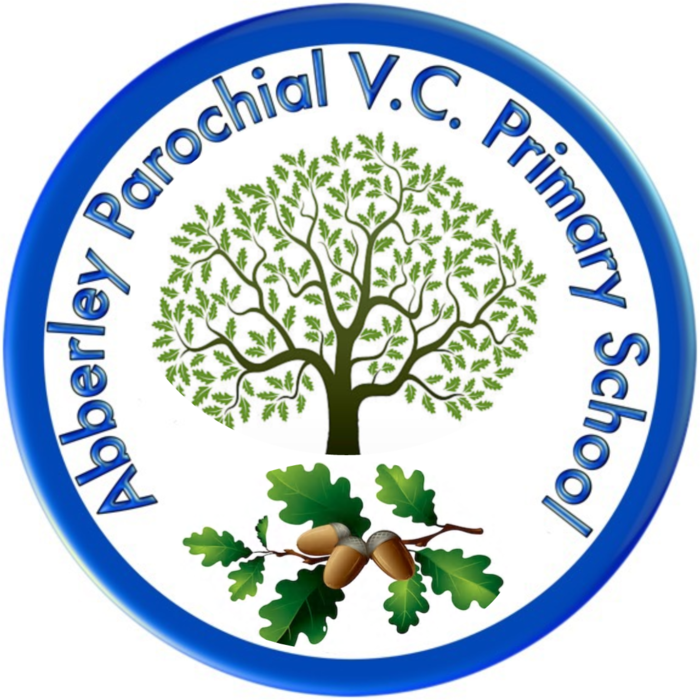Monday 4 May
Hello Wrens
We will jump straight into our learning today.
English.
Today we are going to using our imagination to think what it would be like to visit a giant's castle like Jack did in the story. You would feel very tiny and everything would look different because it is so big.
Listen to another story about giants below and see if you can hear how the giant's dinner table is described.
There were some great description in that story.
The floor was as big as a field.
The salt and pepper pots were both as big as post boxes.
We call writing like this a simile when we are saying something is like something else.
For your English task today I would like you to imagine you are inside a room in the giants castle. You can draw a picture of the room to help. Everything in the room is really big.
Can you write a sentence (Reception) or a description (several sentences) (Year 1) to tell us what you can see? You can use adjectives (describing words) and similes (as big as) to tell us what everything looks like. Mickey Thompson and Purvis had a go.
Purvis wrote
The bed was enormous and the pillows were like huge bouncy trampolines.
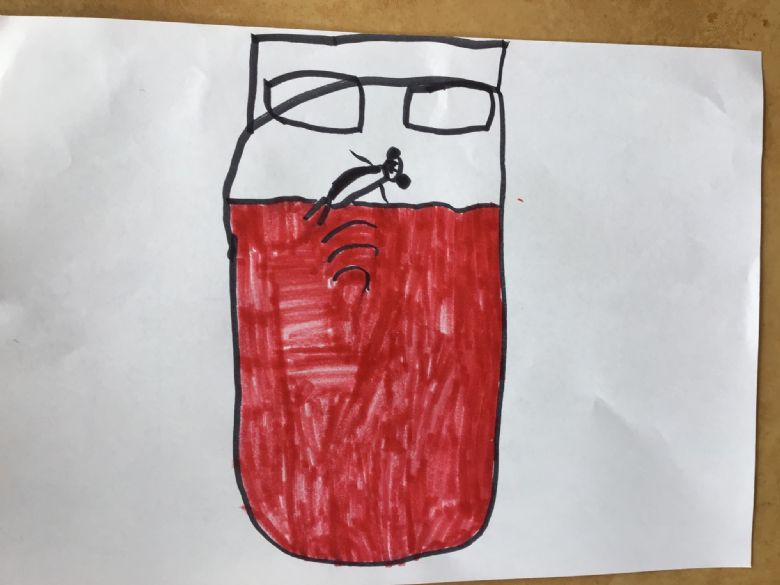
and drew himself bouncing on the bed.
Mickey Thompson wrote
The bowl of custard was as big as a bath.
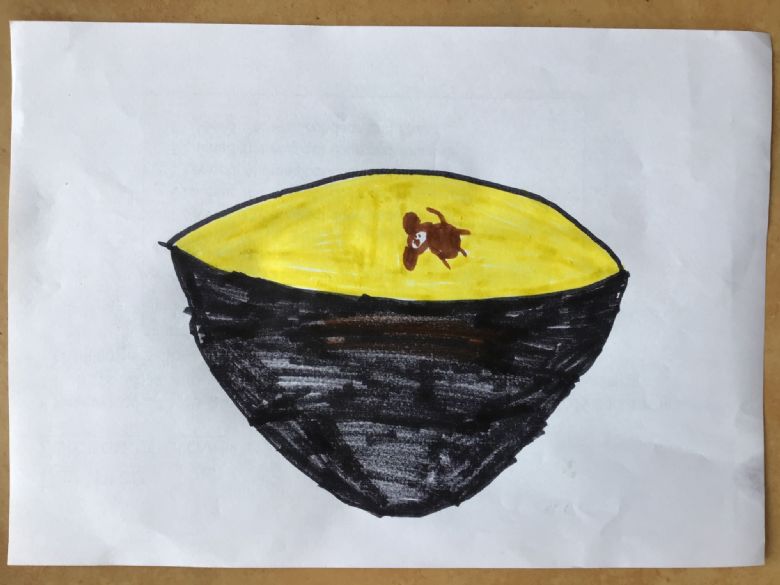
and then drew himself swimming in it!
Maths.
This week in Maths we are going to be thinking about numbers and practising reading and writing numbers and careful counting.
Let's warm up by singing the Big Numbers Song.
First of all we are going to practise reading and writing our numbers. Attached below there are some number formation sheets so you can make sure you get your numbers the right way round. There are also some missing number sheets for you to have a go at. There are 4 different levels - missing numbers to 10, 20, 50 or 100.
Parents - please choose the appropriate level for your child. The purpose of this activity is not only to practise counting skills but also that the children know what the numbers look like when written down. I have also attached a number track to 20 and a 100 square to help.
When we write our numbers it is really important that we write our tens and ones the right way round. We always write the tens first and then the ones. When we count above 10 we can describe our numbers as tens and ones. For example
12 = one lot of 10 and 2 ones
46 = 4 lots of 10 and 6 ones
Parents - we use this language to help the children understand place value. When we do our calendar in the morning the children know for numbers beyond 10 they have to find a friend to help them make the number on their fingers. This aids the understanding of the groups of ten in place value.
Now ask your grown up to give you some numbers and some objects so you can carefully count out the correct number of objects. If you have a number bigger than 10 don't forget to count your objects in groups of 10 to help you. Mickey Thompson and Purvis have shown you how.
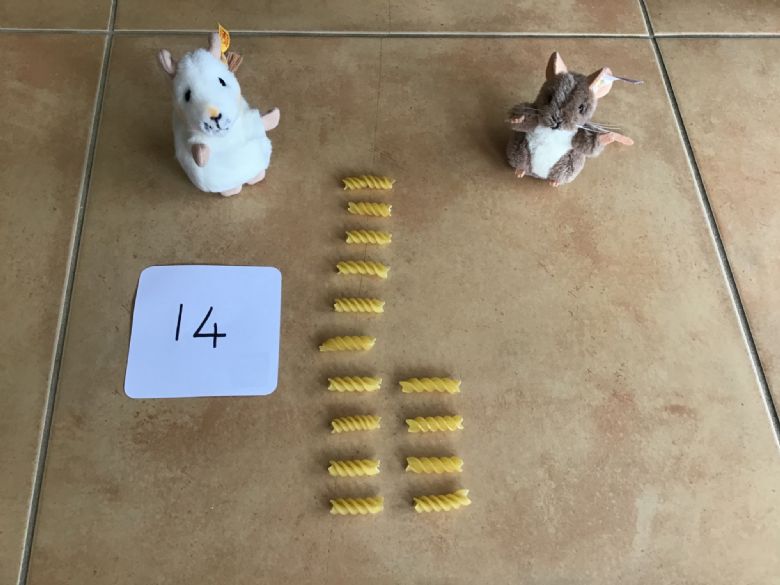
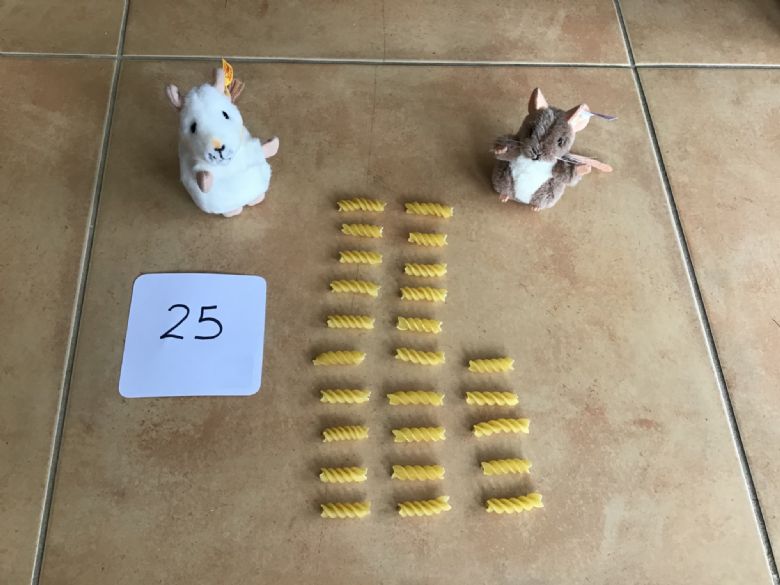
You can also reverse this activity by counting out a group of objects for your child and asking them to write down the number. What number have Mickey Thompson and Purvis made?
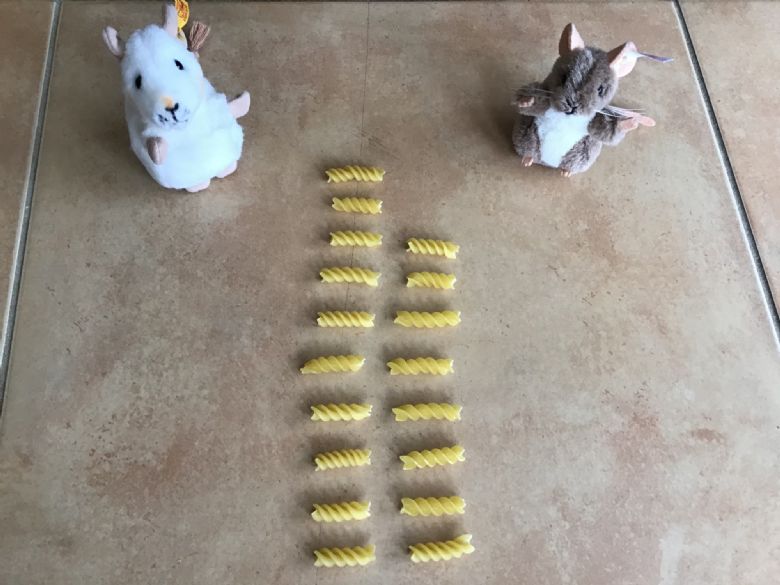
Now have a go at the challenge questions on the sheets below. Parents - again please choose the level suitable for your child.
Have fun counting.
Mrs Lightfoot (and Purvis and Mickey Thompson)
